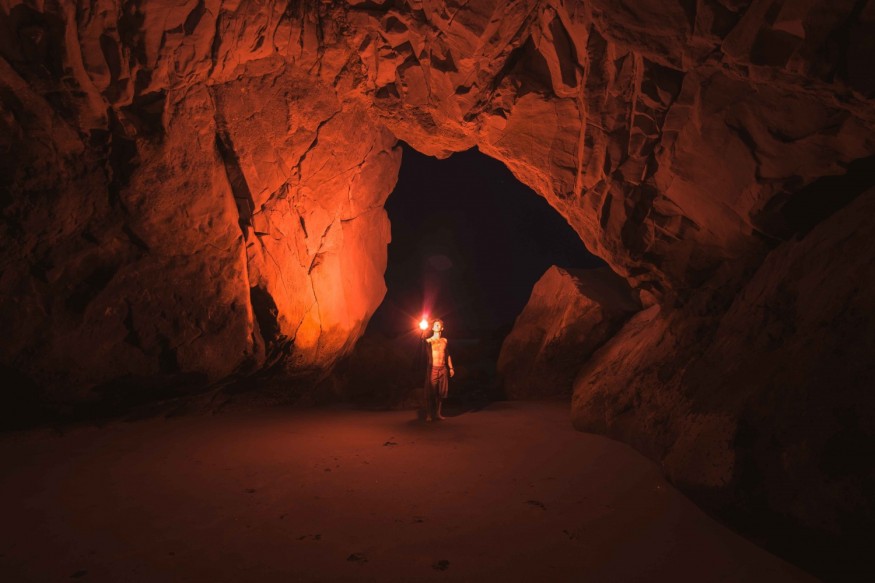Back in 2018, archaeologists in Swaga Swaga Game Reserve, Tanzania made a staggering discovery of 52 previously undocumented rock shelters with deliberate cave art. Although weathering and nature have destroyed most, the preserved handful was an enigma for experts.
The Amak'hee 4 site, was discovered with elaborately painted walls with a frieze of figurative art which included three bizarre anthropomorphic silhouettes with gigantic heads. According to Maciej Grzelczyk, an archaeologist of the Jagiellonian University, Poland, could a clue to understanding what other, similar figures found in rock art panels in different parts of the globe could be.
Amak'hee 4 Cave Art: People and Culture

The Amak'hee 4 panel has proven to be difficult to date, however, Grzelczyk was able to gauge the date in 2021, stating that the panel was at least a few hundred years old. Painted almost entirely using a red pigment, except for five eerie figures in white. The weathering on the pigment, and absence of domestic animals, suggested that the site was fairly odd, dating back to the time of hunter-gatherers in the region.
The panel depicted animals that resembled elands, wildebeest, buffalo, and giraffes, as well as a few human-like figures with bizarrely enlarged heads. However, one group stood out.
Grzelczyk wrote in his 2021 paper published in the journal Antiquity, titled "Amak'hee 4: a newly documented rock art site in the Swaga Swaga Game Reserve" that a noteworthy discovery among the Amak'hee paintings is a scene centered around three images. He explains that in this trio, the figures seem to depict stylized buffalo heads. The shapes recall the central dip in the buffalo head profiles from where the two horns rise from and then curve outward from the head, as well as their characteristic downturned ears.
Sandawe culture, the descendants of people who once inhabited the region, does not include motifs of buffalo-headed people nor people that can shape-shift into buffaloes, hence, the images may depict something else entirely. However, Grzelczyk notes that buffalo hordes play a significant role in the rituals of Sandawe culture.
Mysteries of Three Enlarged Head Rock Art
At the Kolo B2 site, experts discovered three figures that are depicted standing together. Meanwhile, at Kolo B1, three figures were depicted horizontally, seeming to lay on the ground. All three sites show similar eerie figures and enlarged heads, although the figures in Kolo sported striped motifs, and are interpreted as headdresses, reports ScienceAlert.
In all three sites, the figures were depicted to be connected via a line across their midsection. All three have similar arrangements and directions of arms and hands. Amakh'ee 4, on the other hand, has important differences. The heads seem to be filled with solid color, depicting that they are much more significant to the action surrounding the figures.
Grzelczyk explains that the figures discovered from Amak'hee 4 are bigger than those from the KOlo sites, and make this maint motif a central point in which the rest of the narratives take place. In contrast, the images seen in Kolo are isolated depictions without a clear connection to the rest of the cave art.
RELATED ARTICLE: Statue of Hercules 'Missing Piece' Found? Archaeologist Suspects It Could Be the Marble Head Pulled from Sunken Ship
Check out more news and information on Archaeology in Science Times.
© 2025 ScienceTimes.com All rights reserved. Do not reproduce without permission. The window to the world of Science Times.












